Our Latest Blog
Explore our American Heart Association blog for expert insights on CPR training, BLS certification, and life-saving techniques to enhance your skills and knowledge.
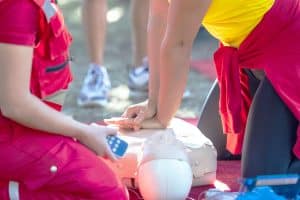
American Heart Association CPR Certification: How It Compares to Other Programs
In a critical moment, the knowledge of cardiopulmonary resuscitation (CPR) can mean the difference between life and death. That’s why proper training and certification in CPR is essential—not just for healthcare professionals, but for teachers, fitness trainers, childcare providers, and even responsible community members. Among the numerous CPR certification options available, the American Heart Association CPR certification is widely considered the gold standard. But how does it compare to other programs? Which one should you choose based on your needs?
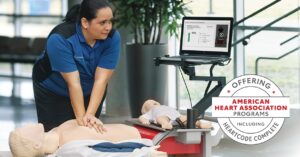
Basic Life Support Certification: Why It’s Essential for Healthcare Providers and the Public
When emergencies strike, every second counts. Whether it’s a sudden cardiac arrest, choking, or another life-threatening situation, having the knowledge and confidence to act quickly can make all the difference. That’s where Basic Life Support certification comes in. Basic Life Support (BLS) is not only a foundational skill for healthcare providers but also an invaluable tool for everyday citizens who may be the first on the scene of a medical emergency.

BLS Certification: Who Needs It and How to Get Certified
When emergencies happen, every second counts. The ability to recognize life-threatening situations, perform high-quality CPR, and use an AED (automated external defibrillator) can make the difference between life and death. That’s where Basic Life Support (BLS) certification comes in.
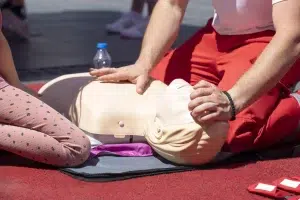
BLS Certification Online: Pros, Cons, and What You Need to Know
In today’s fast-paced, digital-first world, it’s no surprise that life-saving courses such as Basic Life Support (BLS) are now available online. Whether you’re a healthcare professional, first responder, or someone looking to be prepared for emergencies, BLS certification is a critical credential to have. But how does online BLS training compare to traditional in-person instruction? Is it as effective, reliable, and legitimate? And more importantly—how do you ensure you’re getting certified through a credible, AHA-approved source?
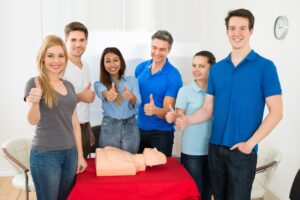
AHA BLS Certification: Understanding the American Heart Association’s Standards
In healthcare and emergency response professions, the ability to perform life-saving interventions quickly and correctly is critical. This is where AHA BLS certification becomes not only valuable but often essential. “BLS” stands for Basic Life Support, a core set of life-saving techniques that can make the difference between life and death in the crucial moments following a cardiac arrest or respiratory failure.
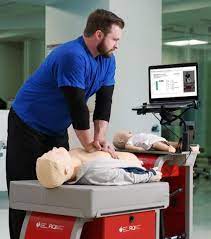
What is BLS Certification? A Complete Guide to Basic Life Support Training
When emergencies happen, especially those involving cardiac arrest or respiratory failure, every second counts. For healthcare providers, first responders, and even the general public, having the right training can make the difference between life and death. That’s where BLS certification comes into play. But what is a BLS certification? And why is it essential?
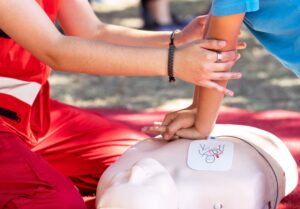
How to Prepare for Your ACLS Certification Exam: Study Tips & Tricks
Earning your ACLS certification (Advanced Cardiovascular Life Support) is an essential step for healthcare professionals involved in emergency response, intensive care, or critical care units. While passing the exam may seem challenging, proper preparation can make all the difference.
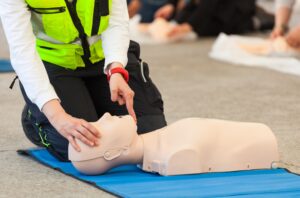
What to Expect in a CPR Class: Hands-On Training, Certification & More
Cardiopulmonary resuscitation (CPR) is a crucial life-saving skill that everyone should learn. Whether you’re a healthcare provider, educator, or concerned bystander, understanding how to respond effectively in an emergency can mean the difference between life and death. CPR classes provide comprehensive instruction, hands-on training, and certification that equips participants to respond confidently in emergencies.

How BLS Classes Can Prepare You for Real-Life Emergencies
Basic Life Support (BLS) classes are essential for anyone who wants to develop life-saving skills. Whether you’re a healthcare provider, first responder, or simply a concerned citizen, these courses provide crucial training that can make the difference between life and death in an emergency. BLS classes cover vital techniques such as cardiopulmonary resuscitation (CPR), automated external defibrillator (AED) usage, and airway management to ensure participants are equipped to handle emergencies with confidence.

